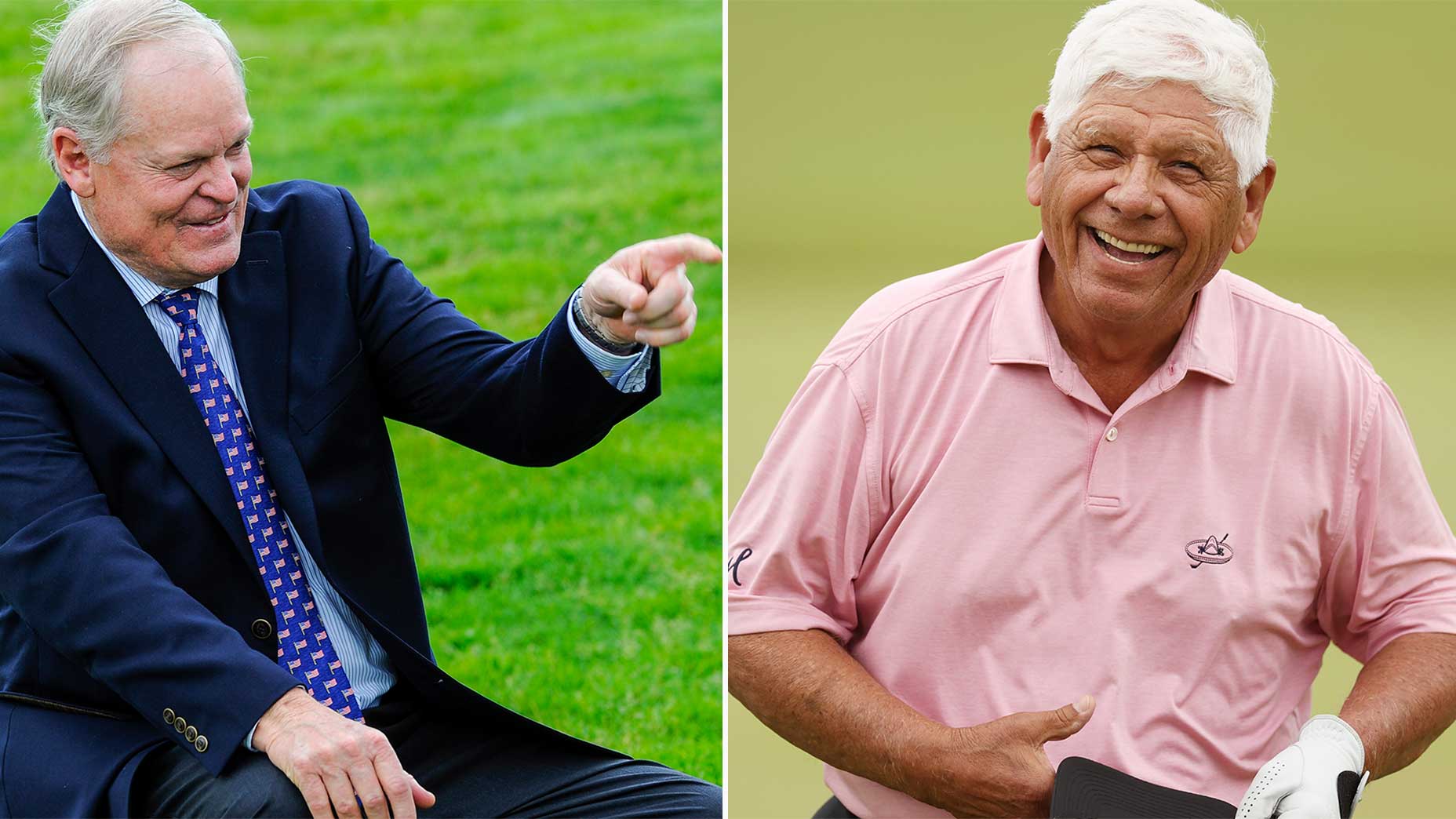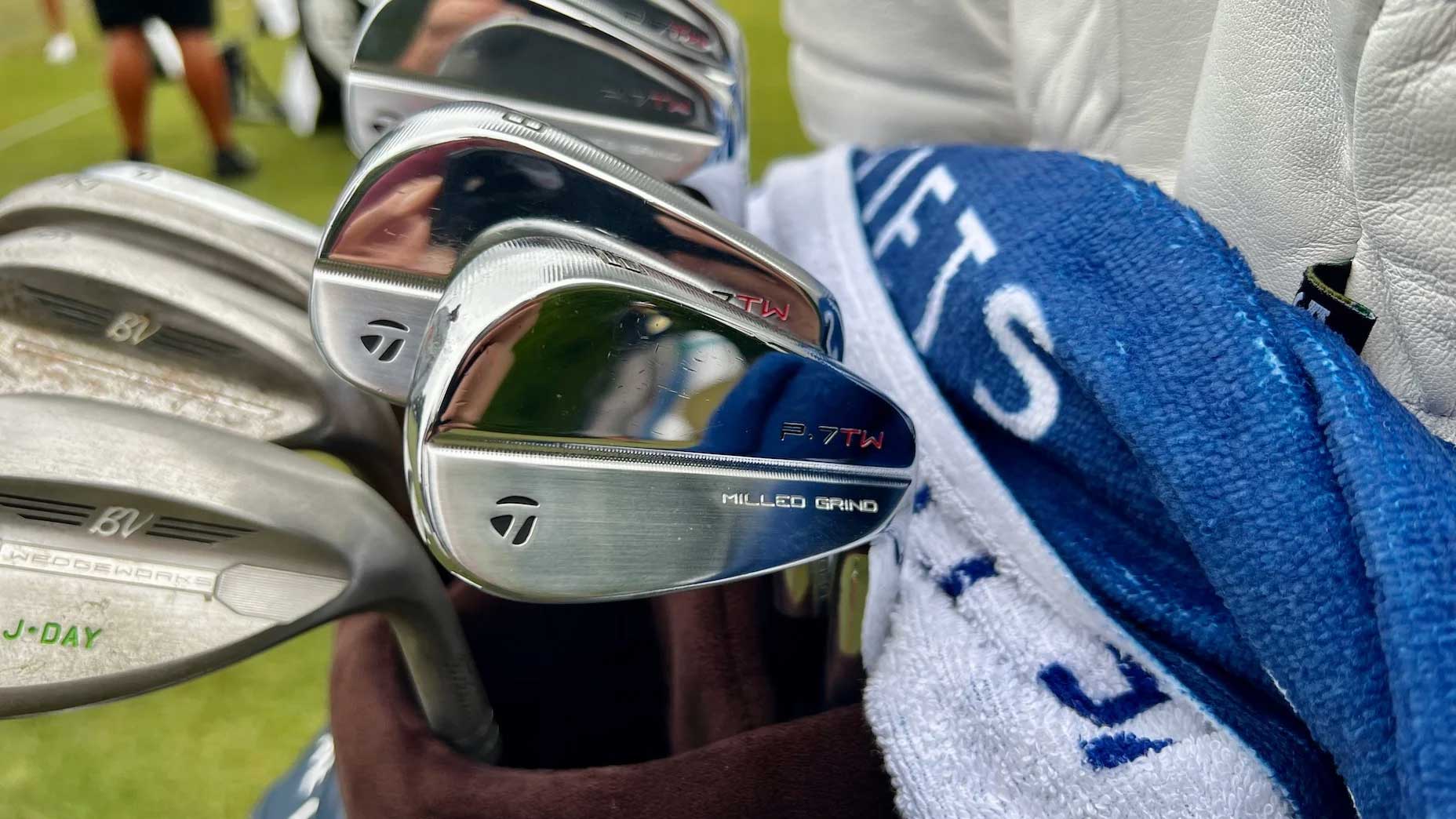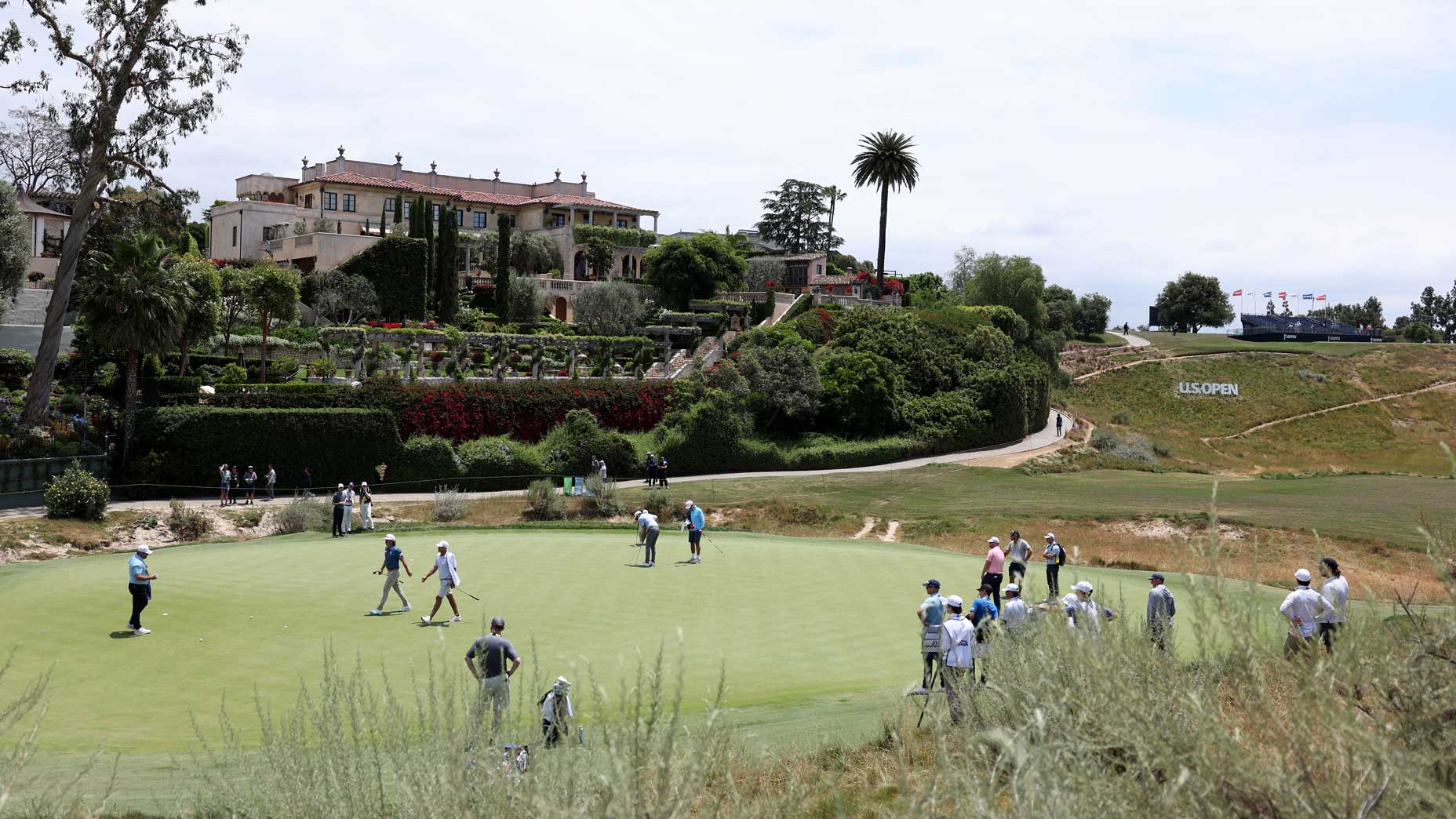
Johnny Miller was at the U.S. Open and explained one of the best tips he ever received, which happened to come from Lee Trevino.
Getty Images
LOS ANGELES — It’s been quite some time since we’ve heard from Johnny Miller, one of the greatest ball-strikers, and golf commentators, in the history of the sport.
But he’s back this week and on-site at Los Angeles County Club for the 123rd U.S. Open, which is the 50-year anniversary of his 1973 U.S. Open victory at Oakmont. That’s the one where he shot 63 in the final round, becoming the first player to shoot 63 in a major. He was also the only one to do it in the final round and win until Henrik Stenson was added to the list at the 2016 Open Championship.
Miller is here as the latest winner of the Bob Jones Award, a USGA honor given to those who display sportsmanship, character and integrity in golf. He was honored at a ceremony on Tuesday night, but on Wednesday he met with the media to talk about what that award meant to him (a lot), his thoughts on the golf ball, his 63 at Oakmont and more.
He also talked in depth about rounds with some of the other legends of his time, like Jack Nicklaus and Lee Trevino. Miller said he played a lot of practice rounds with Trevino specifically, and it was Trevino who gave Miller one of the best tips he ever received (and one that translates well for amateurs, too).
“He was the one that taught me, ‘If you’re choking, buddy, just hit it low. It doesn’t have time to get off-line,’” Miller said. “You guys laugh at that, but that’s one of the greatest pieces of advice you can imagine.”
Miller said Nicklaus was the first player to start hitting 1-irons or 3-woods off the tee when the driving areas were tight, but Miller liked the tee-it-low method.
“If you get on a tight hole that’s dangerous, you just sort of tee it down low and lean into it and hit a little squirty fade out there like Trevino,” Miller said. “That won me a lot of tournaments.”
The “fairway finder” is a key shot all golfers need at their disposal. Mike Adams, who is in the World GOLF Teachers Hall of Fame, teaches it to all of his students. It starts with aiming for the left side of the fairway, standing two inches closer to the ball and flaring your lead foot, making it easier to turn your body through impact. Then, tee it low.
“When you tee the ball lower, this promotes a steeper downswing as you naturally attempt to hit down more,” Adams said. “This steeper angle of attack also creates the fade ball flight that curves the ball back to the center of the fairway.”
Miller said it won him a lot of tournaments, and he won 25 on the PGA Tour in his career. That seems like a good enough sample size to heed this advice the next time you need to control a leaky driver.









